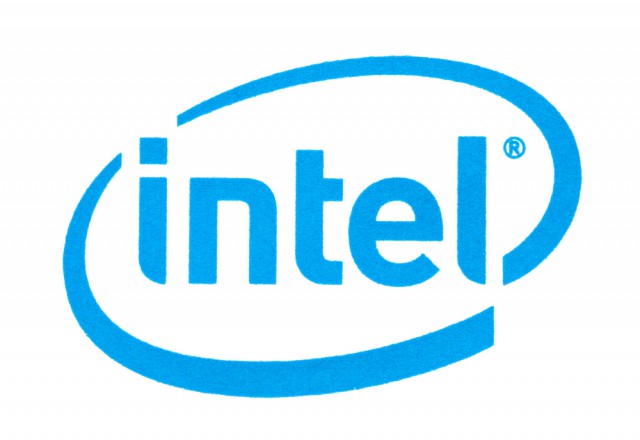
Intel’s SSDs may soon see a significant increase in their capacity and speed as a result of Micron’s latest chips, which could also be used to create competitive SSDs that are as small as flash drives.
Micron is responsible for producing the flash which is used in Intel’s SSDs and now it has begun manufacturing and distributing its 3D NAND flash in large quantities. The company’s 3D flash chips would allow tiny SSDs to reach a capacity of 3.5TB, and 2.5 inch SSDs could possibly hold even more than 10TB of storage.
Currently, the largest SSDs Intel sells offer up to 4TB of storage. Using Micron’s 3D NAND chips, the storage in these SSDs could be tripled. Although Intel has yet to offer any timeline as to when it would be releasing new SSDs possibly using Micron’s new chips to their full potential, the company’s enterprise SSDs are long overdue for an upgrade.
Besides providing flash for Intel’s products, Micron does produce its own SSDs. It is planning to release new drives in the spring and summer of this year. Hopefully Micron’s new drives will include its new 3D flash chips and offer consumers greater storage capacity in the form of a standard 2.5 inch SSD.
Micron is not the first company to produce chips using a 3D NAND flash structure. Samsung and Toshiba made the switch many years prior to help improve the storage capacity of their drives and to help lower production costs. Micron on the other hand does use a different production method than its rivals.
The company uses floating-gate cells to improve the capacity and reliability of its drives while Toshiba and Samsung use charge-trap technology to manufacture their 3D flash which may result in longer battery life.
Currently Micron is collaborating with Intel to develop a noticeably faster storage and memory technology called Xpoint. Whether or not the company’s new 3D NAND chips will be a part of this project is still unknown. Micron and Intel believe that Xpoint will be 10 times denser than DRAM and that it will produce SSDS 1,000 times faster and stronger than flash storage.
Micron and Intel’s upcoming SSDs might just be worth waiting for if you have been putting off the upgrade to an SSD because of storage limitations. Either way it will be interesting to see if Intel puts Micron’s new 3D NAND flash chips in its upcoming SSDs or saves them for Xpoint.
Published under license from ITProPortal.com, a Net Communities Ltd Publication. All rights reserved.
Photo Credit: Rose Carson/Shutterstock

